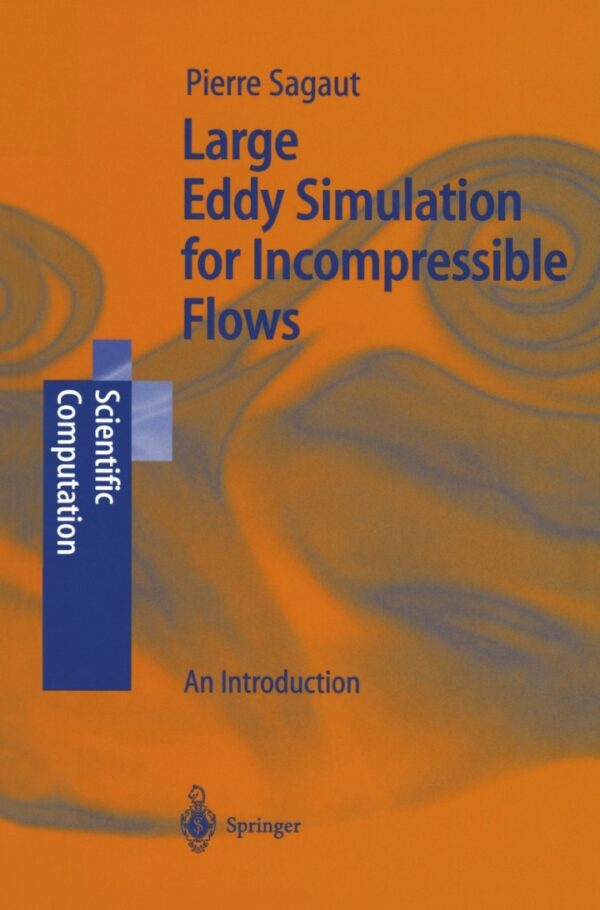Large Eddy Simulation for Incompressible Flows: An Introduction Ebook
$25.00
eText ISBN: 9783662044162
Still today, turbulence in fluids is considered as one of the most difficult problems of modern physics. Yet we are quite far from the complexity of microscopic molecular physics, since we only deal with Newtonian mechanics laws applied to a continuum, in which the effect of molecular fluctuations has been smoothed out and is represented by molecular-viscosity coefficients. Such a system has a dual behaviour of determinism in the Laplacian sense, and extreme sensitivity to initial conditions because of its very strong non linear character. One does not know, for instance, how to predict the critical Reynolds number of transition to turbulence in a pipe, nor how to compute precisely the drag of a car or an aircraft, even with today’s largest computers. 1 We know, since the meteorologist Richardson, numerical schemes allow ing us to solve in a deterministic manner the equations of motion, starting with a given initial state and with prescribed boundary conditions. They are based on moment um and energy balances. However, such aresolution requires formidable computing power, and is only possible for low Reynolds numbers. These Direct-Numerical Simulations may involve calculating the interaction of several million interacting sites. Generally, industrial, natural, or experimental configurations involve Reynolds numbers that are far too large to allow direct simulations,2 and the only possibility then is Large Eddy Simulation, where the small-scale turbulent fluctuations are themselves smoothed out and modelled via eddy-viscosity and diffusivity assumptions. .eText ISBN: 9783662044162











